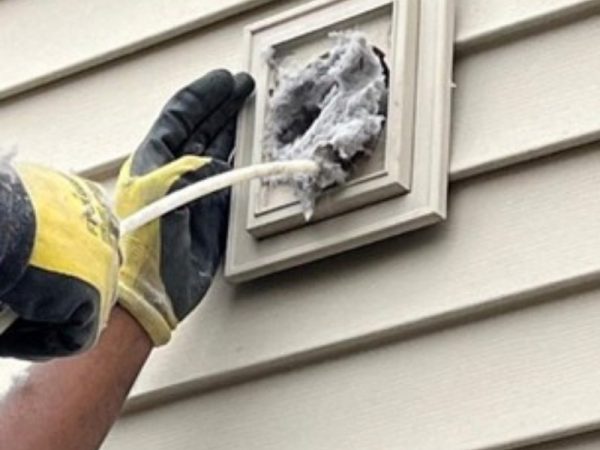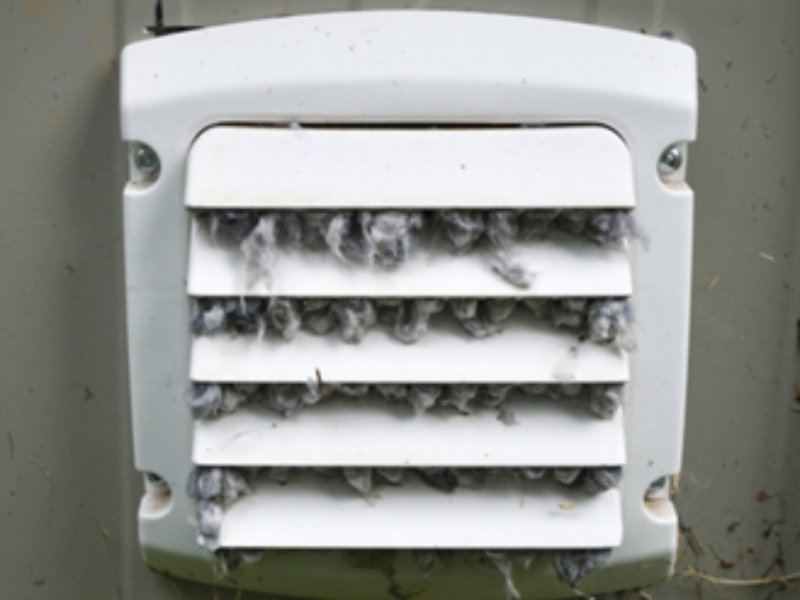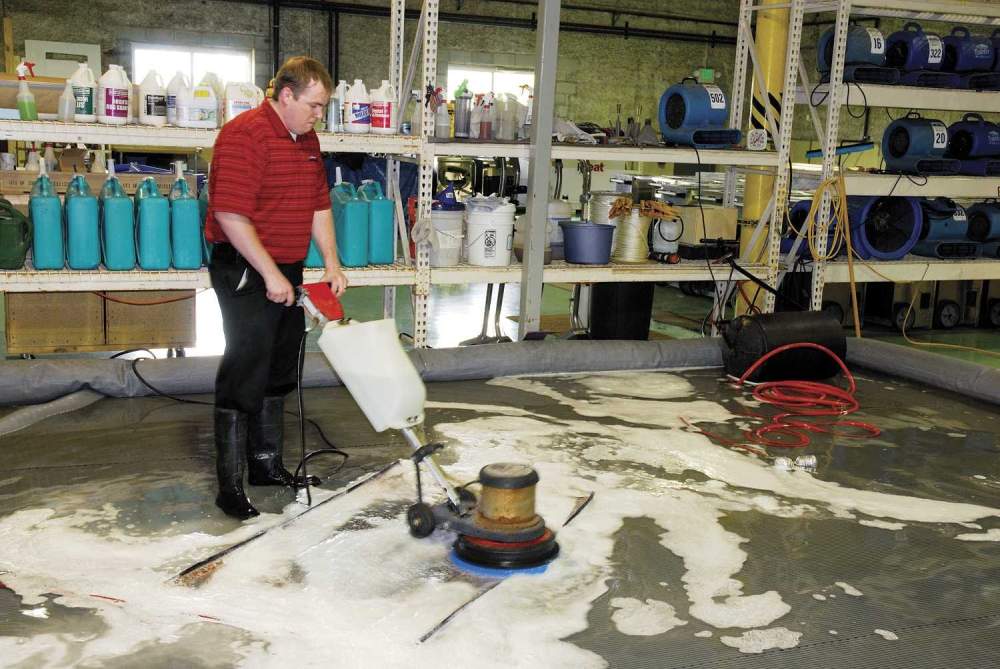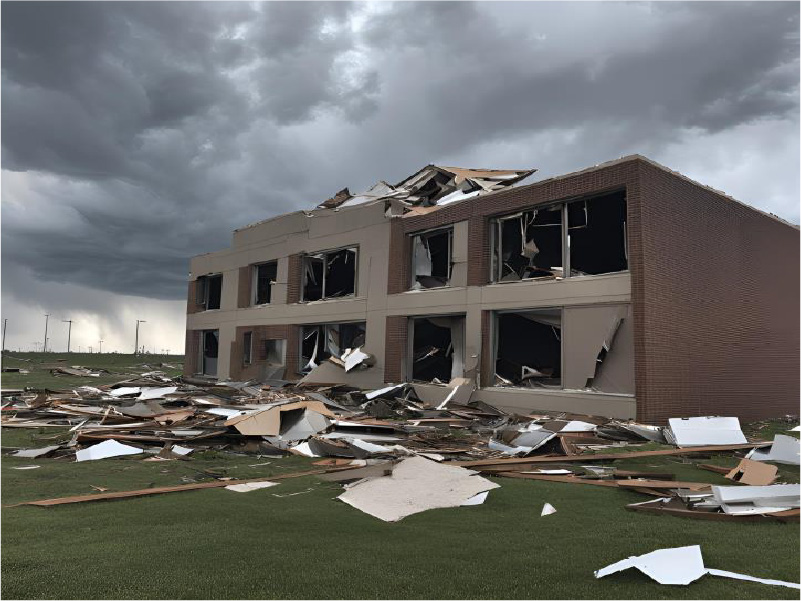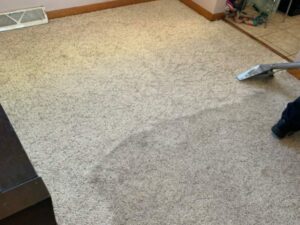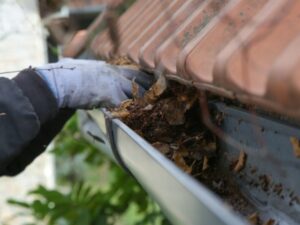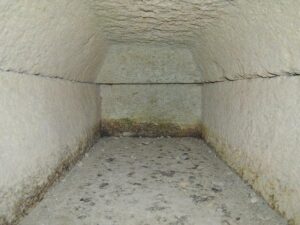You might not realize it, but the efficiency and safety of your dryer hinge on something as simple as regular dryer vent cleaning. When vents become clogged, they can lead to overheating, increased utility bills, and even serious fire hazards. By maintaining proper airflow, you not only enhance your dryer’s performance but also safeguard your home.
So, how can you tell if your vent needs attention? Keep reading and learn how to tell if your dryer vent needs to be cleaned.
How dryer vents work
Before we get to determine if it is time to clean your dryer vent, let’s first learn how a dryer vent is supposed to work.
When you run your dryer, it generates heat and moisture, which need to be exhausted. Your dryer vent system is designed to do just that. When the vent is working properly it will expel hot, moist air from the dryer to the exterior of your house. The key here is the exterior. Exhausting the air to the attic or crawlspace does not count as venting outdoors!
Proper airflow is not only essential for exhausting the hot moist air, but also for effective drying and energy efficiency. If the vent is clear, your dryer operates optimally. As lint and debris builds up, efficiency and performance will decrease.
Risks of Clogged Vents
Clogged dryer vents pose significant risks that can affect both your safety and your appliance’s efficiency. When lint builds up in the vent, it restricts airflow, causing the dryer to overheat. This overheating not only increases your energy bills but also raises the risk of a fire. In fact, clogged vents are a leading cause of dryer-related fires in homes. According to the National Fire Protection Association (NFPA), dryers caused 15,970 fires per year between 2010 and 2014.
Additionally, a restricted vent can lead to moisture buildup, promoting mold growth and damaging your clothes. If your dryer takes longer to dry clothes or emits a burning smell, it’s a clear sign that the vent needs attention. Ignoring these issues can lead to costly repairs and hazardous situations you definitely want to avoid.
Benefits of Regular Cleaning
Regular cleaning of your dryer vent offers several crucial benefits that enhance both safety and efficiency. First, it significantly reduces the risk of fire hazards. Lint buildup can ignite easily, and a clean vent minimizes this risk.
Second, it improves your dryer’s efficiency, allowing it to dry clothes faster and use less energy. This can result in lower utility bills over time. Third, regular cleaning extends the lifespan of your dryer by preventing overheating and mechanical strain.
You’ll also notice fewer instances of damp or musty-smelling laundry, as proper airflow helps eliminate moisture effectively and ensures your clothes dry during one drying cycle.
Signs Your Vent Needs Attention
Over time, even the most well-maintained dryer vents can show signs that they need attention. If your clothes take longer to dry than usual, that’s a red flag. You might also notice a burning smell during the drying cycle, which indicates lint buildup.
Another sign it is time to clean your dryer vent is when your clothes are hotter than normal when the drying cycle ends. This is a tell-tale sign that the hot air is not fully exhausting and your dryer is working harder than it should be.
If the outside vent flap doesn’t open when your dryer is running, it’s likely blocked. Excessive lint around the dryer or on the vent itself is another clear sign. Additionally, if your laundry room feels unusually humid or hot after a cycle, your vent could be struggling.
Keep an eye out for these indicators to ensure your dryer operates efficiently and safely. Ignoring them can lead to potential hazards and costly repairs.
How to Clean Your Dryer Vent
First, unplug the dryer and pull it away from the wall. Disconnect the vent hose, checking for any visible lint. Use a vacuum attachment or a specialized dryer vent cleaning brush to remove lint from both the hose and the duct.
Next, access the vent outside your home, removing any debris blocking the opening. For a deeper clean, consider using a flexible brush to reach further into the ductwork. Reconnect the hose securely, ensuring there are no kinks or gaps. Finally, plug the dryer back in, and run it for a few minutes to ensure proper airflow. Regular cleaning prevents fires and keeps your dryer running smoothly.
A word of caution for the people who want to take the DIY approach. The rotary brush cleaning system you can purchase at local big box stores is notorious for coming apart within dryer vents. When the brush comes apart inside the dryer vent, it is very difficult to retrieve the disconnected brush. When you choose to go the DIY route and the brush system fails, your money savings will turn into a significant expense.
If you start the DIY process and decide the task is more involved or time consuming than you want to tackle, our dryer vent cleaning experts are here to help!
Frequently Asked Questions
Q: How Often Should I Schedule Professional Dryer Vent Cleaning?
A: You should schedule professional dryer vent cleaning at least once a year. If you notice longer drying times or a burning smell, it’s time to call a professional sooner for a thorough cleaning.
Q: Can I Clean My Dryer Vent Myself?
Yes, you can clean your dryer vent yourself. Just gather the right tools, unplug the dryer, and carefully remove lint buildup. Make sure to use professional grade tools to avoid costly mishaps.
Q: Is Dryer Vent Cleaning Safe for All Dryer Types?
Yes, dryer vent cleaning is generally safe for all dryer types. Just ensure you follow the manufacturer’s guidelines and use appropriate tools. Regular maintenance helps prevent issues, so you can enjoy efficient, safe drying.
Q: How Much Does Professional Dryer Vent Cleaning Typically Cost?
Professional dryer vent cleaning typically costs between $140and $300, depending on your location and the complexity of the job. It’s best to get quotes from multiple services to find the right fit for you.
In conclusion, keeping your dryer vent clean is essential for safe and efficient operation. By regularly cleaning your vents, you can avoid dangerous clogs, reduce energy costs, and extend your dryer’s lifespan. Don’t wait until you notice problems, stay proactive and check for signs that your vent needs attention. A little maintenance goes a long way in ensuring your home stays safe and your dryer runs smoothly. Make dryer vent cleaning a priority for a healthier indoor environment.


